‘I’m a spinal surgeon – here’s how your posture is killing your back’
In a world of sitting at desks and slumping in front of screens, back pain is known to be the most common ailment among Americans.
Dr. Arthur L. Jenkins III, a board-certified neurosurgeon in New York — who is also fellowship-trained in spinal surgery and CEO of Jenkins NeuroSpine — blamed slouching and poor posture for grave effects on the back.
Poor posture stretches the spine in a way it’s “really not designed to do,” Jenkins said in an interview with Fox News Digital.
JUST 1 IN 10 BACK PAIN TREATMENTS WORK, STUDY SAYS – WHAT TO DO INSTEAD
“We stand much better than we sit,” he said. “And we find more people having that pain when they’re working or when they’ve been sitting for a while – it’s just a terrible position for our spines.”
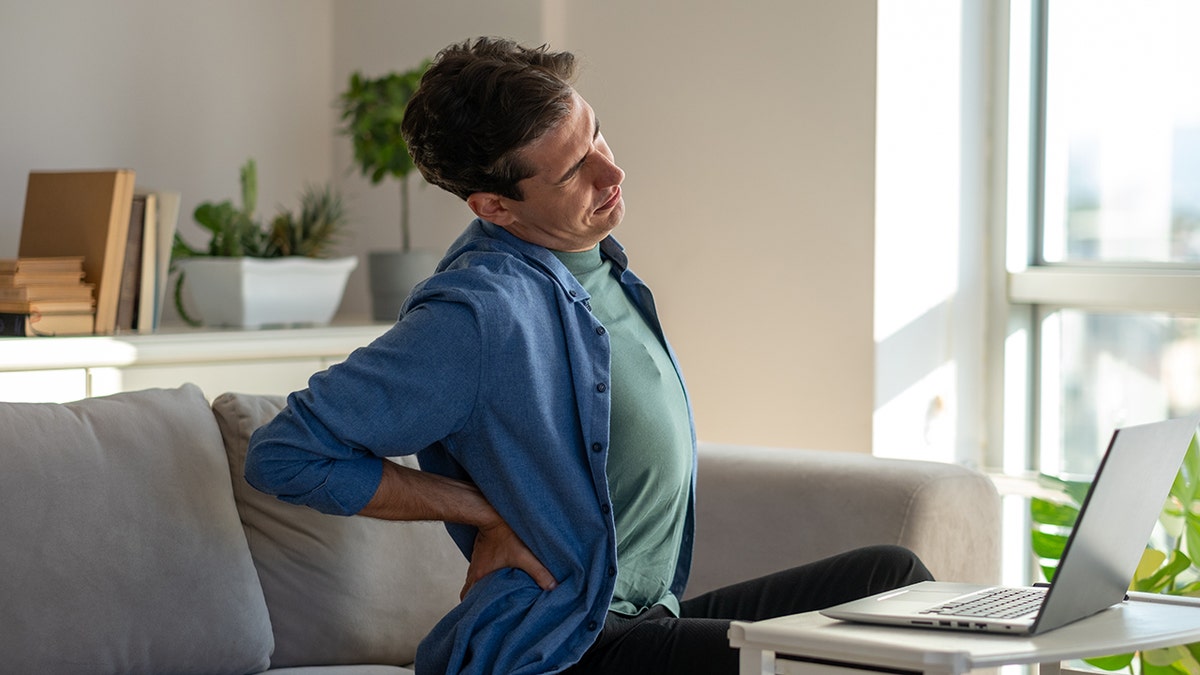
Risks of ‘tech neck’
“Tech neck,” or excessive forward posture, is caused by looking down at devices, including phones and laptops, the expert noted.
Being in this “suboptimal” position while sitting down for long periods of time can be damaging.
‘DEAD BUTT SYNDROME’ COULD HAPPEN AFTER SITTING TOO LONG, HERE’S HOW TO AVOID THE CONDITION
“At night, a lot of people will [watch] TV … and their chin is tucked down,” Jenkins said. “Most people don’t put TVs on their ceilings.”
This position can lead to a condition called kyphosis, where the front of the spine is strained and extra pressure lands on the disks.
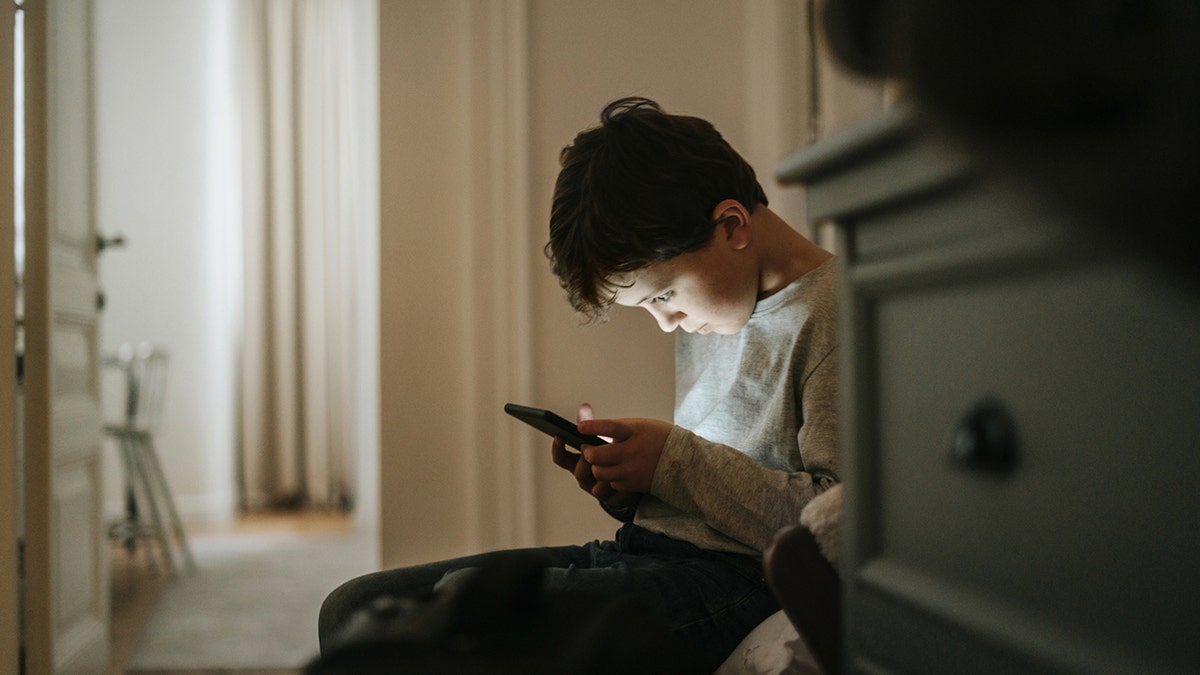
This posture also stretches and pulls on the muscles in the lower back as they are forced to “stretch out and give,” said Jenkins.
“All the muscles are designed to be at their strongest when your spine is in its optimum position,” he said. “Once you get out of the optimum position, your muscles have to work harder to maintain that.”
Tips for avoiding back pain
For those who work in front of screens all day, Jenkins recommends standing up often and stretching out the body to keep the joints “lubricated and active.”
It can help to use a standing desk, raise the computer monitor higher to promote an elevated chin and neck angle, or sit on an exercise ball instead of a desk chair, he advised.
ASK A DOCTOR: ‘IS IT DANGEROUS TO CRACK MY NECK OR BACK?’
Even while sitting on the couch, Jenkins said it’s best to sit up, avoid slouching and change positions every so often.
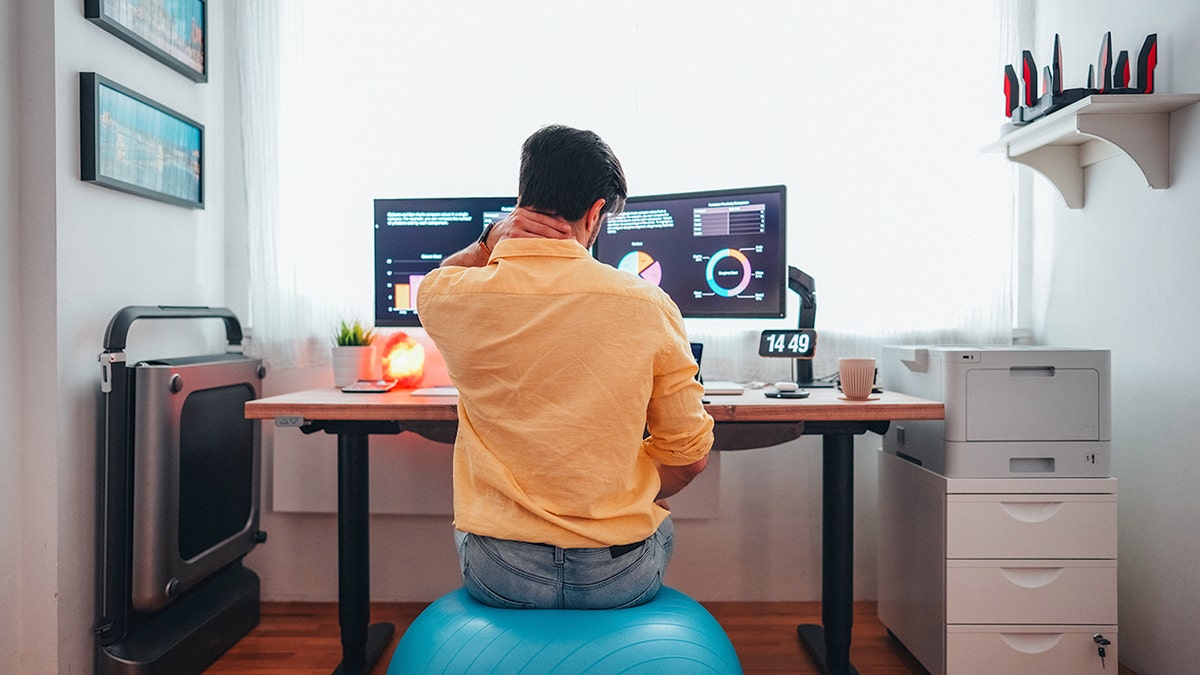
Isolating and flexing the back and ab muscles can also help to promote healthy muscles and ward off back pain.
“Find ways to be more mindful during the day of engaging your core,” Jenkins advised. “While you’re sitting there, squeeze your abdominal and back muscles together.”
ASK A DOCTOR: ‘HOW CAN I IMPROVE MY POSTURE?’
“Even if you don’t do a formal sit-up, if you just spend five minutes mindfully squeezing your core while you’re working, that’s better than not doing anything at all.”
Maintaining flexibility, especially with age, can also help prevent back pain.
Jenkins recommends committing to a fitness routine that “speaks to your issues” while strengthening the core and stretching the muscles, like yoga or Pilates.
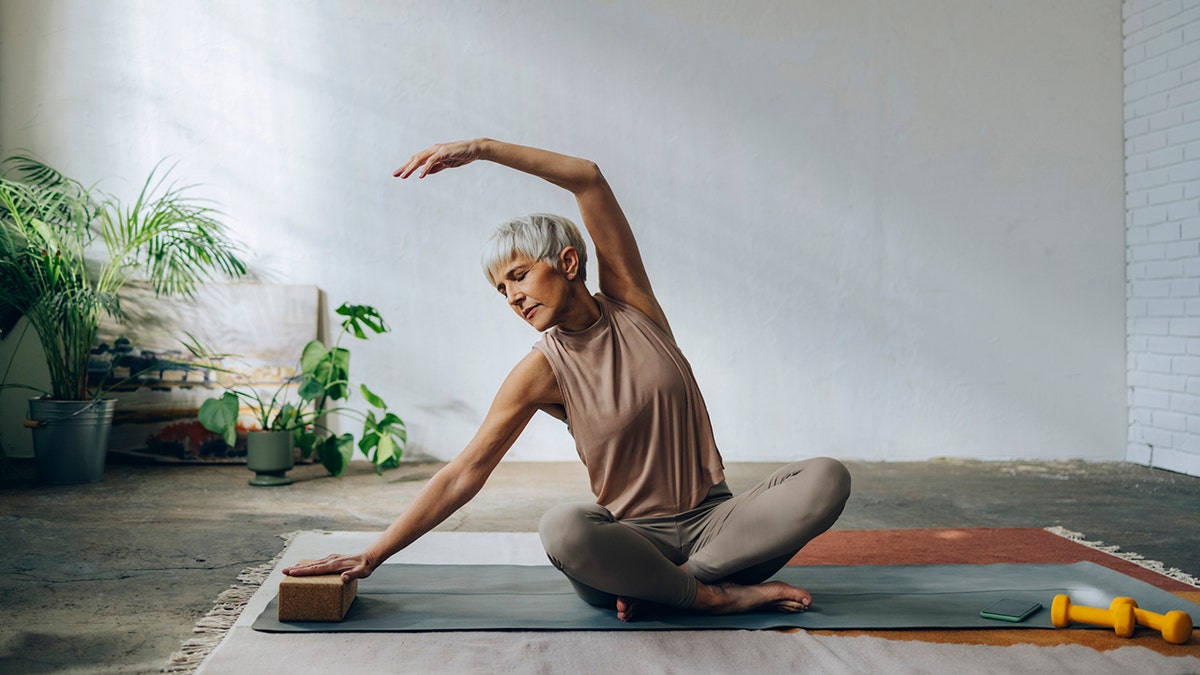
Jenkins also warned people to avoid “BLT” — or bending, lifting and twisting all at once, which is a major contributor to back pain.
CLICK HERE TO GET THE FOX NEWS APP
“You should always try to break up your bending, lifting and twisting into individual components … You should never bend, lift and twist at the same time,” he instructed.
“When you lift, engage your core actively. Think about squeezing your core while you’re lifting anything.”
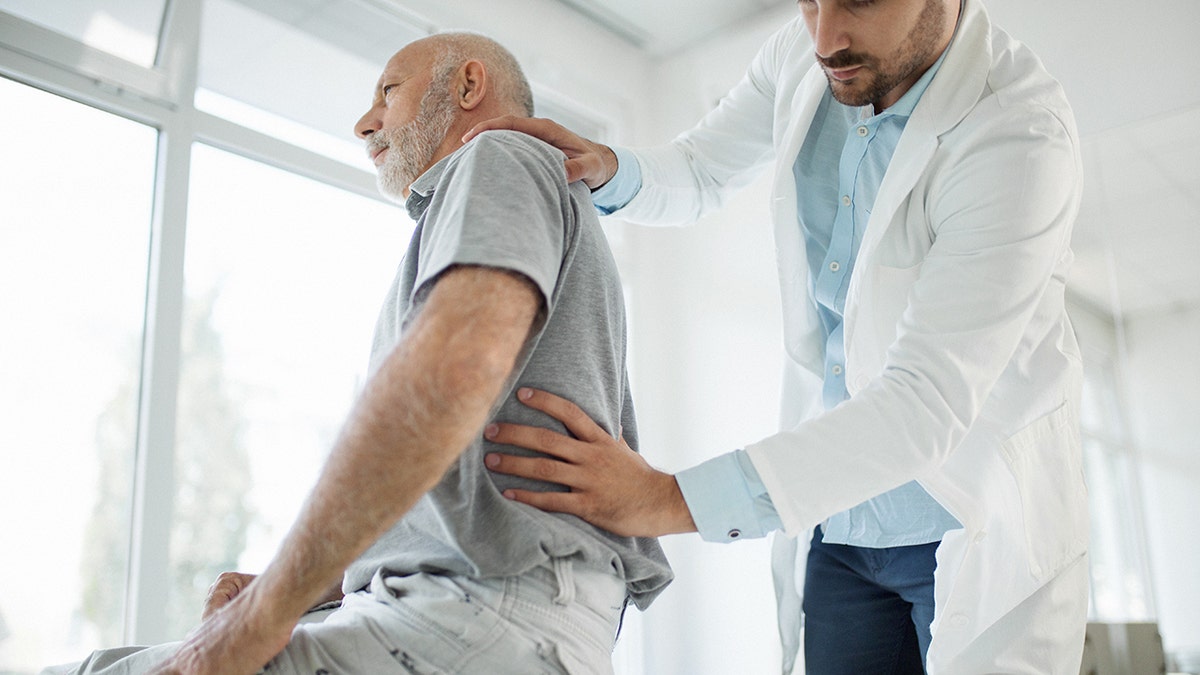
A new study out of Italy, published in the journal Healthcare, found that a kinesiology-based method can be effective in treating lower back pain.
Noting that lower back pain is the leading cause of disability worldwide, the researchers introduced the Canali Postural Method (CPM) to a group of individuals for three months.
For more Health articles, visit www.foxnews.com/health
CPM, which is a personal kinesiological therapy to reprogram posture, showed promise in improving motor control and quality of life, and suggested “potential benefits for other musculoskeletal issues,” the study found.
Although the international study only included 35 participants, Jenkins said the results speak to the effectiveness of a “very structured, posture-based exercise regimen.”
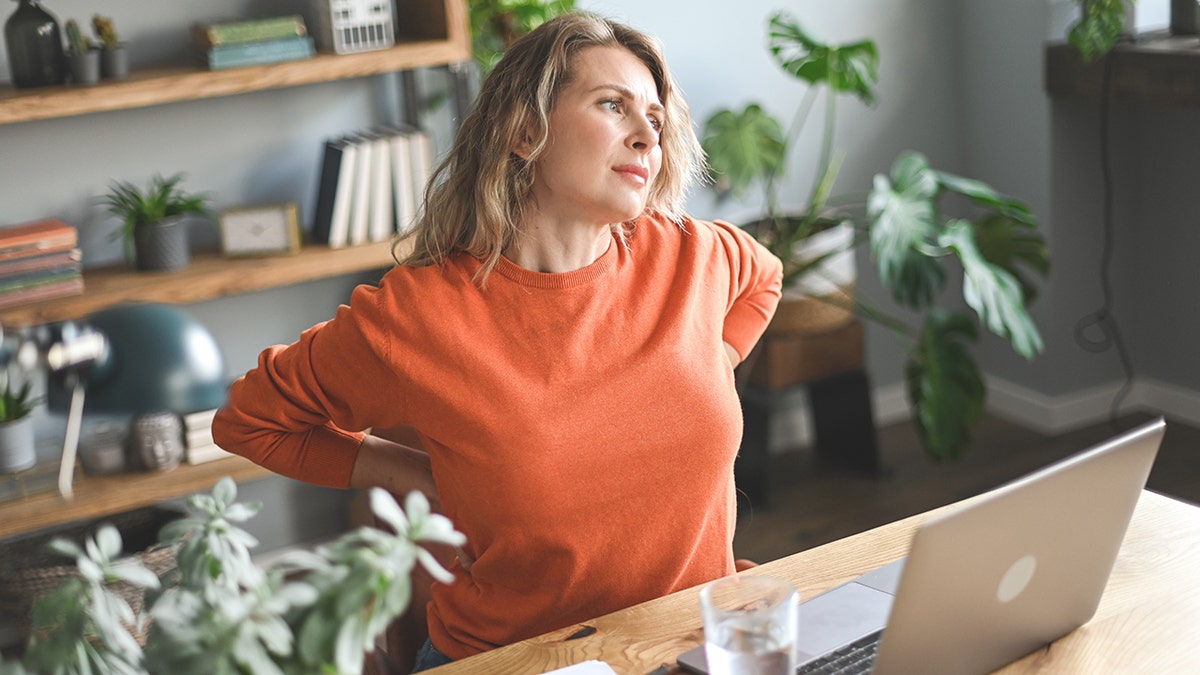
“It’s pretty straightforward that more support is better,” he said.
“Kinesiology, chiropractic or just general physical therapy, or Pilates, or yoga – any of these interventions are likely to provide more support for the person’s back, and better pain relief than them trying to figure it out for themselves.”
When to see a doctor
Jenkins recommends seeing a professional if back pain persists and prevents engagement in normal activities.
CLICK HERE TO SIGN UP FOR OUR HEALTH NEWSLETTER
It is also best to seek medical attention if the pain does not subside after trying exercise, therapy or anti-inflammatory medications.
Any emergent signs that surface – such as severe pain, worsened balance, or impaired bladder or bowel function – should be addressed immediately by a doctor, according to Jenkins.
